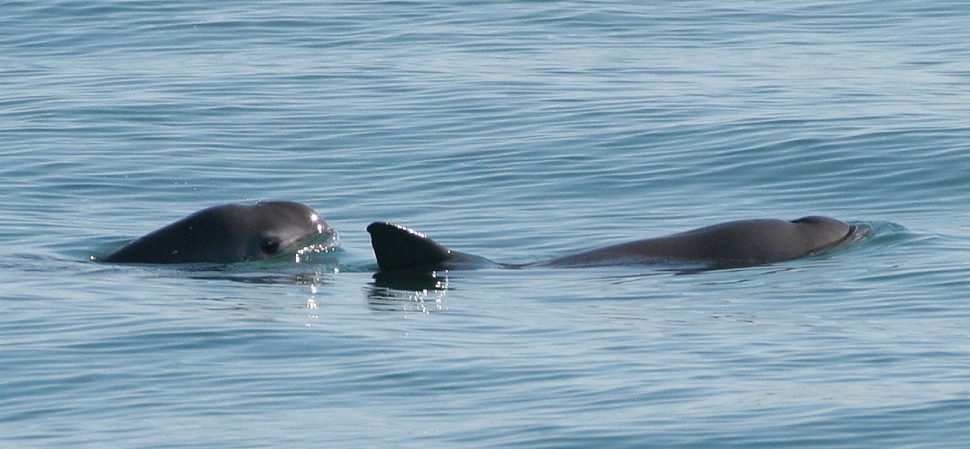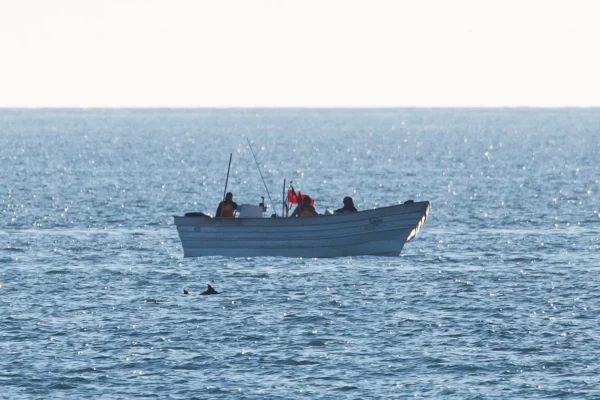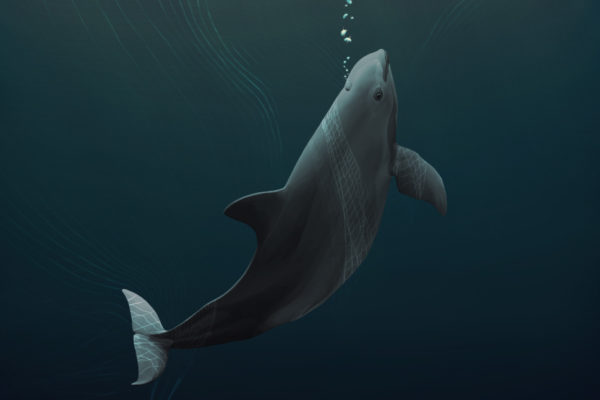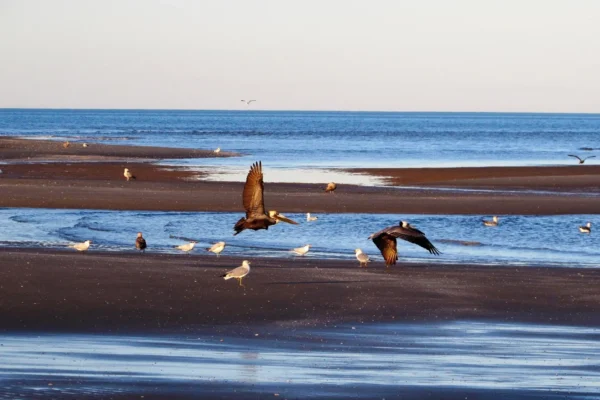
Bad news for the world’s smallest cetacean: According to the latest report published by the International Committee for the Recovery of the Vaquita (CIRVA), the vaquita population has dropped to about 60 individuals as of December 2015, down from a previous estimate of 97 animals in 2014. That takes the vaquita one step closer to extinction, which experts believe is inevitable if steps are not taken immediately to protect the last remaining vaquita.
The vaquita population has been declining for decades. Experts blame gill-net fisheries for its decline, an issue that is affecting cetaceans (whales, porpoises, dolphins) and other marine animals such as sea birds, seals, sea lions and sea turtles, around the world. The vaquita can only be found in the Sea of Cortez (Gulf of California) in Mexico where gill-net fishing was temporarily banned by the Mexican government in 2015. That ban is set to expire in 2017 if the government does not move to make it permanent.
In a 2015 report, CIRVA concluded that “a period of two years” was “completely insufficient” and that “the only measure that will save the vaquita is to make the current two-year ban on gillnets permanent throughout the species’ range”.
While gill-net fisheries are temporarily banned in the vaquita habitat, the practice continues – illegally. Fishing for another endangered and protected species, the totoaba, a large fish that can grow up to 2 metres (6.6 feet) in length, is taking place under the cover of night for the Chinese market – and vaquita continue to get entangled and drown. With the vaquita population this small, even the loss of a single individual can have dramatic consequences.
Experts continue to call on the Mexican government to make the ban on gill-nets in the vaquita habitat permanent, and to intensify efforts to enforce the ban.


